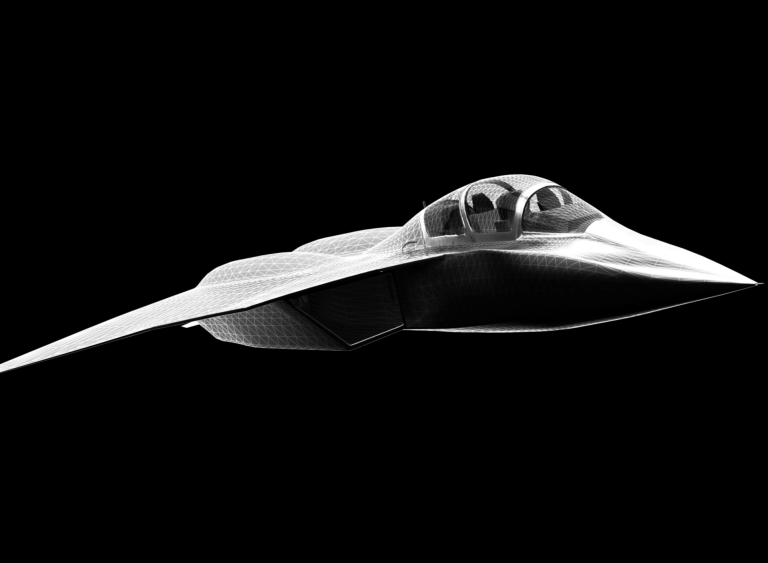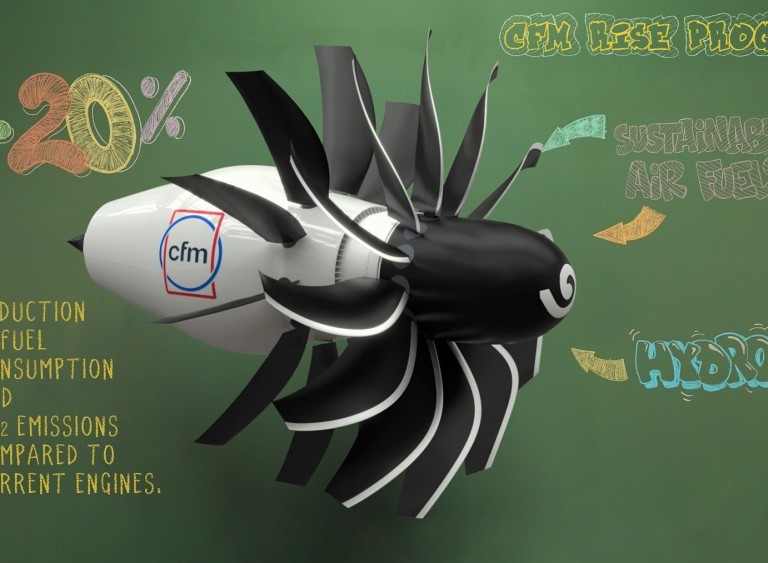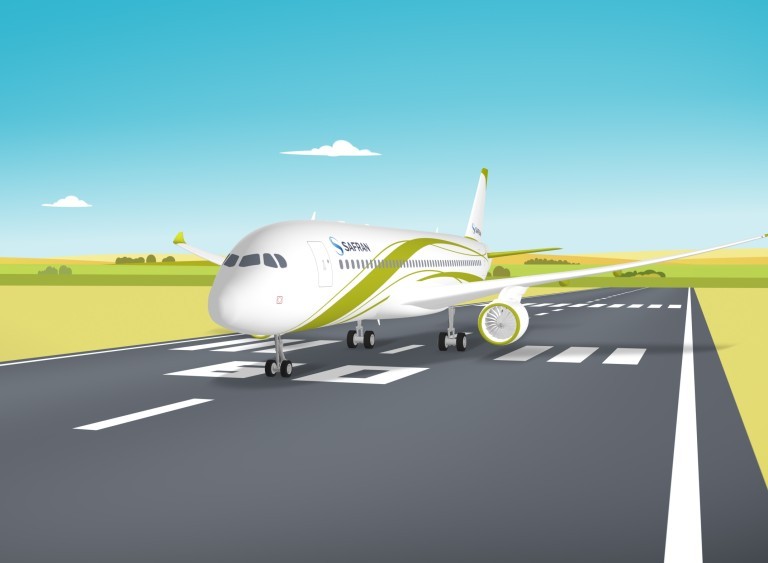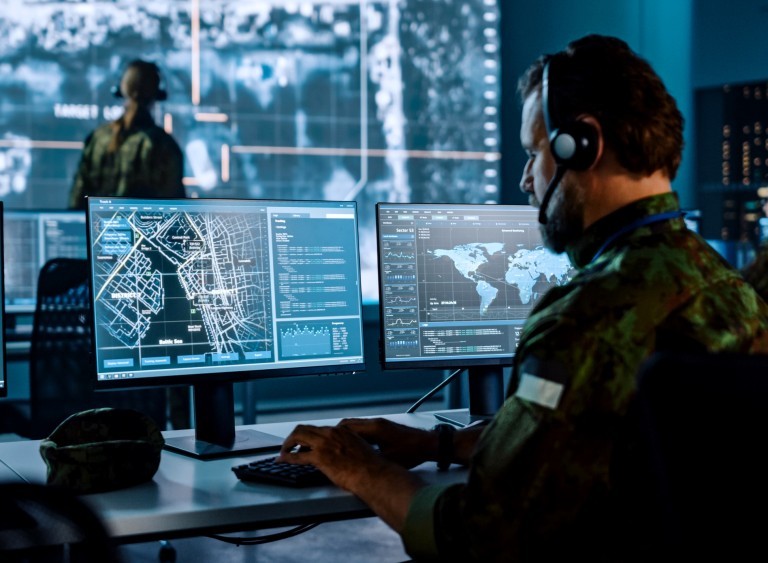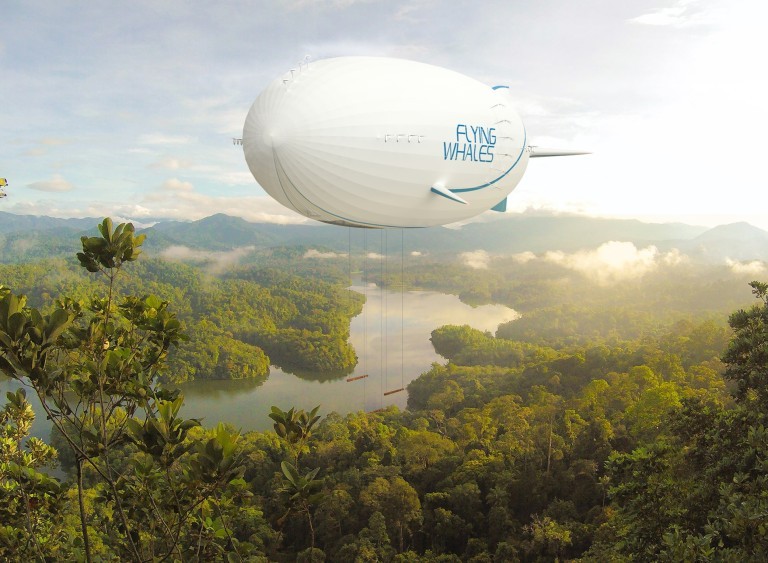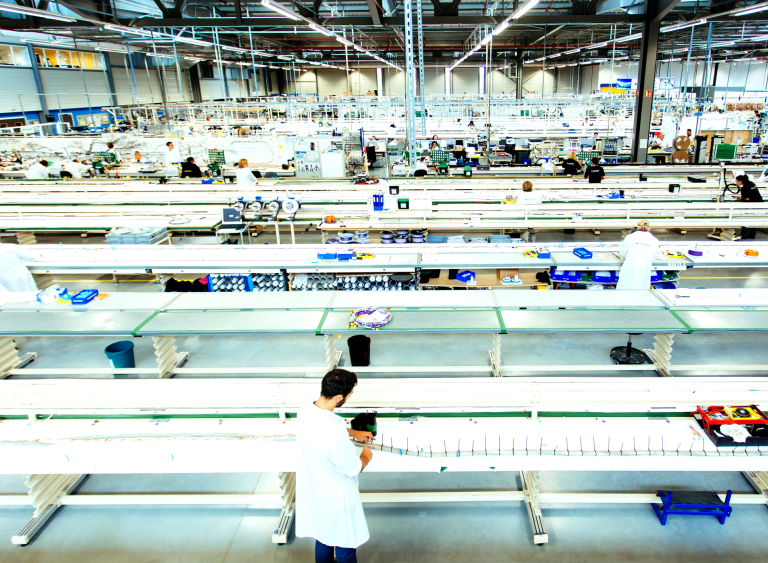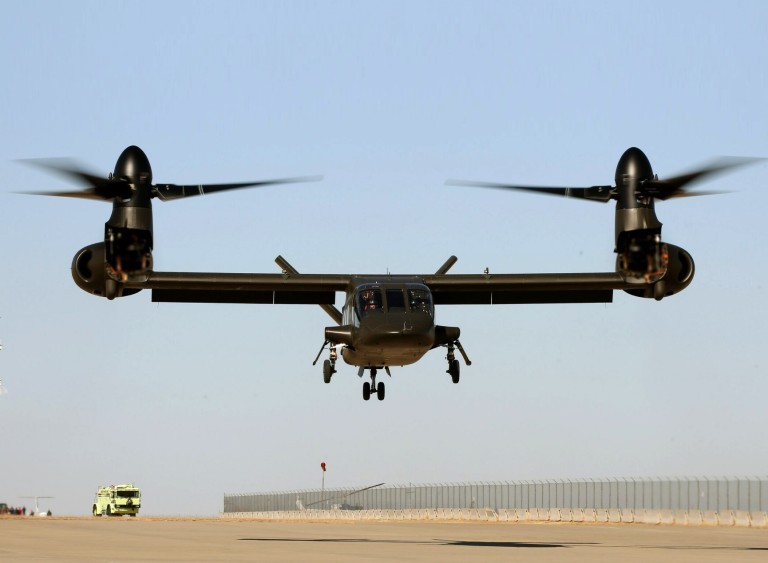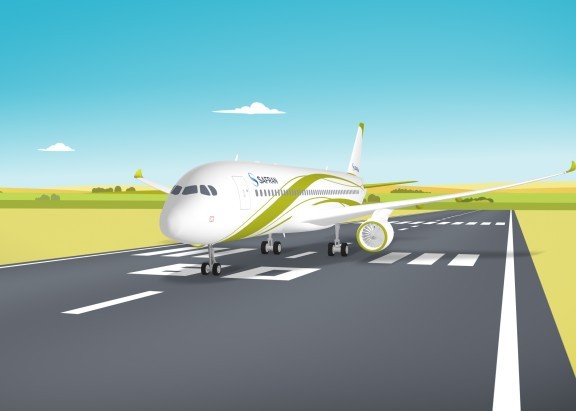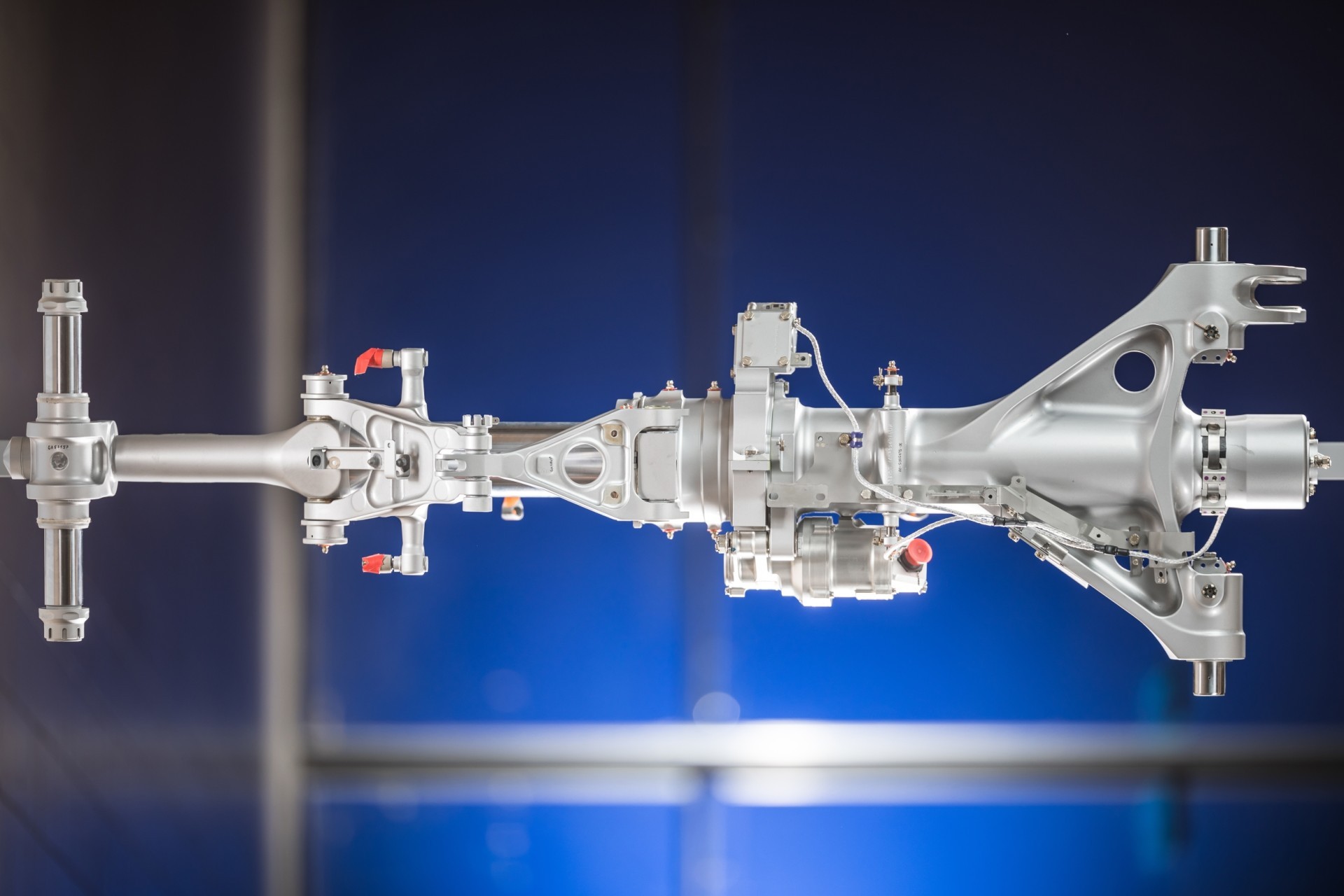
Electrifying landing gear!
Safran Landing Systems has already achieved a step change in weight and reliability with the development of the electromechanical actuator, or EMA. Along with its state-of-the-art electric brakes, Safran Landing Systems will soon be offering all-electric solutions for nose landing gear steering and extension-retraction.
- E-TAXIING
- INTERIORS
- At a glance
- Zoom
Will tomorrow’s aircraft be all electric? Only planemakers can answer this question, and they have to address it by offering, right from the design phase, an architecture that incorporates many more electrical systems than today’s planes. The market is ready, as shown by the increasing presence of electrical buses(1), capable of more widely distributing high power levels to the aircraft’s systems. Single-aisle jets, bizjets and military aircraft are making increasing use of electrically-driven equipment. Widebodies like the Airbus A380 and Boeing 787 also incorporate more electrical systems than the previous generation. This “more electric” trend makes a decisive contribution to technology development – and equipment suppliers have already been working toward this goal for some 15 years.

A number of planemakers are interested and we receive requests every year for more electric solutions. That’s why it’s important to complete the maturation of our electric extension/retraction solution. The sooner in the process we can team up with them, the better our solution becomes.
With EMA, Safran Landing Systems is poised to electrify the aircraft’s extension/retraction and steering systems, fully hydraulic for the moment. We aim to provide aircraft manufacturers with the best solution to improve the plane’s performance. By making direct use of the electricity generated by the aircraft, we can eliminate the hydraulic pipes that always present a leakage risk. In addition, designers are no longer subject to integration restrictions caused by the difficulty of routing these pipes toward the front of the plane. The piping is replaced by electrical wiring, much faster and simpler to install since the plane’s nose already includes a high-voltage supply for the avionics equipment. Electrification means cost savings not only on installation, but also in operation, since the electrical power is only called on when the systems are activated (Power on Demand). What’s more, electrification leads to further weight savings because the extension/retraction and steering functions share certain modules or subsystems, while enabling more sophisticated health monitoring functions. And “more electric” aircraft save time on the assembly line, because the system can be mounted and tested in advance (directly at the plant that makes the forward section of the aircraft, for example), without having to depend on the plane’s hydraulic system.
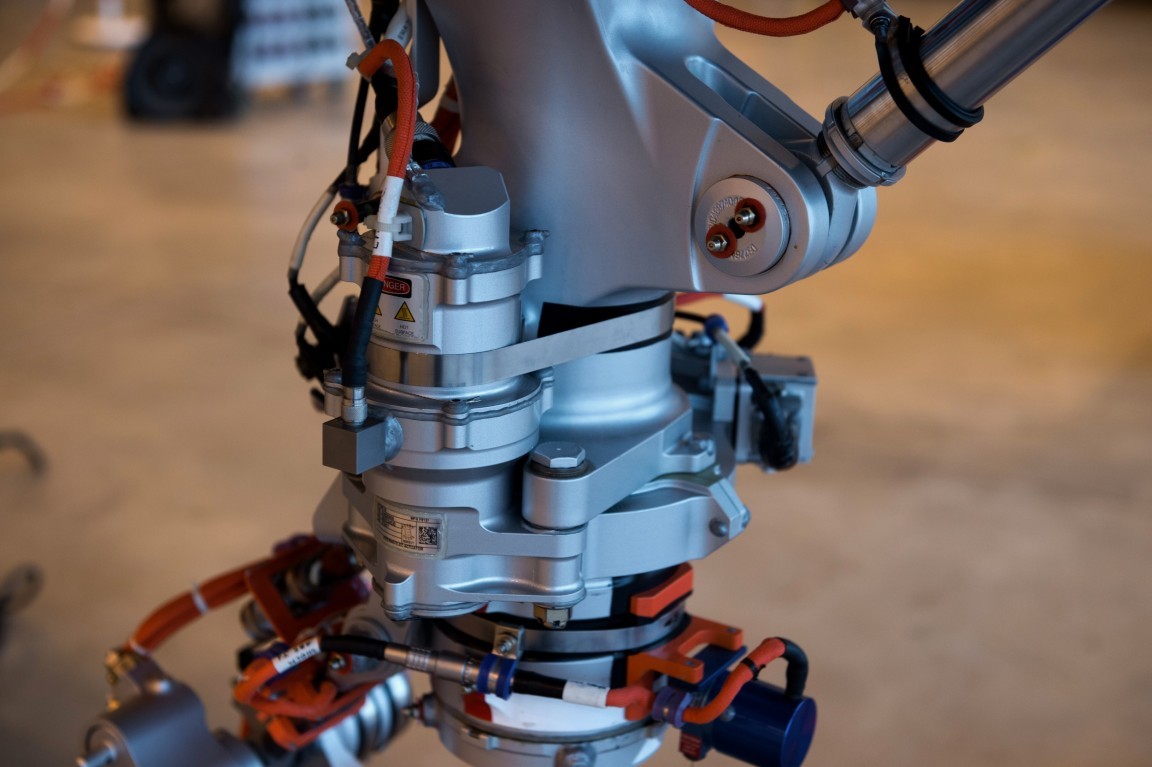
The electric steering system was already installed on an airplane that underwent flight testing at the end of 2017, and proved its maturity on a test rig in 2019. The extension/retraction system will undergo the same process this year as part of the DELTA(2) EMA project, paving the way for customers to choose the complete system for their future airplanes.
Two different technologies are currently being evaluated: a hybrid solution dubbed EHA (electro-hydrostatic actuator), based on local hydraulic power generation (a motor-pump comprising a hydraulic pump driven by a submerged electric motor), driving hydraulic linear actuators for applications requiring a high level of power; or the EMA solution (electromechanical actuator), using a powerful electric motor to activate these functions via a mechanical transmission such as a reduction gearbox or a ballscrew (linear actuator) mechanism to replace the conventional hydraulic system.
Some systems with local hydraulic generation are already in use, on the A380 for example. We’re now completing the development and testing of a complete EHA system, integrated in the nose landing gear of an A320 type airplane.
(1) A “bus” in electronics or electrical engineering is an array of conductors that can link more than two devices, unlike a simple “point to point” connection.
(2) DELTA: a full-scale test bench, configurable to adapt to all types of airplane up to a single-aisle commercial jet, that simulates the conditions in the plane’s approach or climb phase to validate the in-flight performance of an extension/retraction system (extreme temperatures, aerodynamic loads on the landing gear and gear doors during acceleration). It’s also used to test the robustness of the system during the transition to taxiing configuration and it could be used to integrate and test new architectures.


